Corvids - Crows, Jays & Magpies
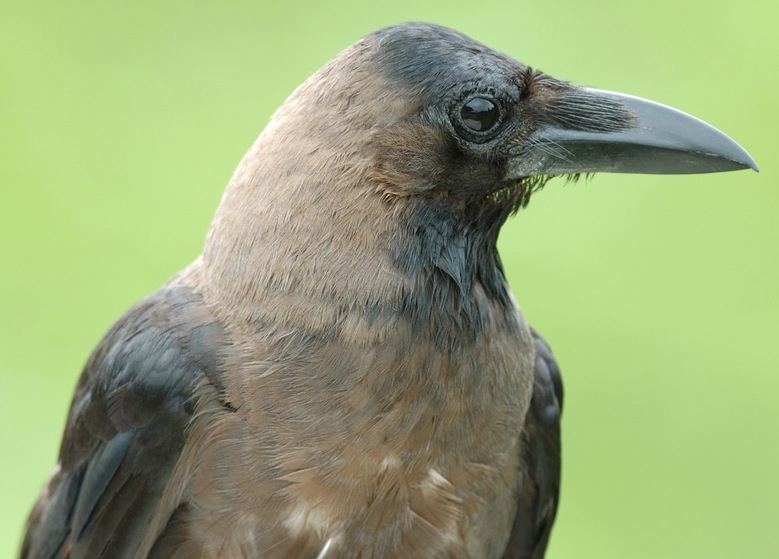
Intelligent by nature, corvids make interesting avian occupants, particularly as they can often be tamed quite easily. Set against this, however, is the fact that they generally cannot be sexed visually, and the coloration of many species is fairly subdued. They can also prove rather noisy.
The family is well-represented, both in the New World and parts of Europe and Asia, where the house crow (Corvus splendens) shown left originates, but fewer corvids being found in Africa. Irrespective of their origins however, their requirements are all quite similar.
Housing
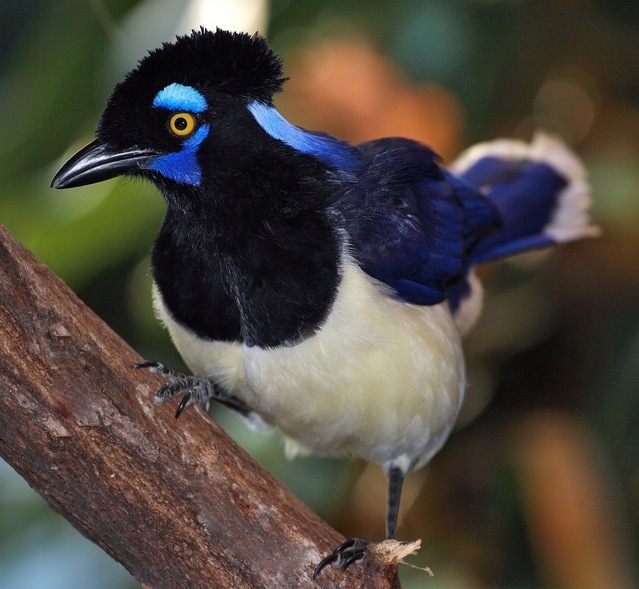
The relatively large size of these birds, coupled with their lively disposition, means they should be housed in a spacious aviary, preferably with good vantage points. The enclosure should incorporate small trees and some dense shrubbery if possible. In any event, the perches should be well-spaced and must not be sited at the end of the flight in such a way that the birds are likely to catch their often long tail feathers here when they turn round. Corvids like to jump and bound from perch to perch so that the perches themselves need to be suitably robust and firmly supported in the aviary.
Feeding preferences
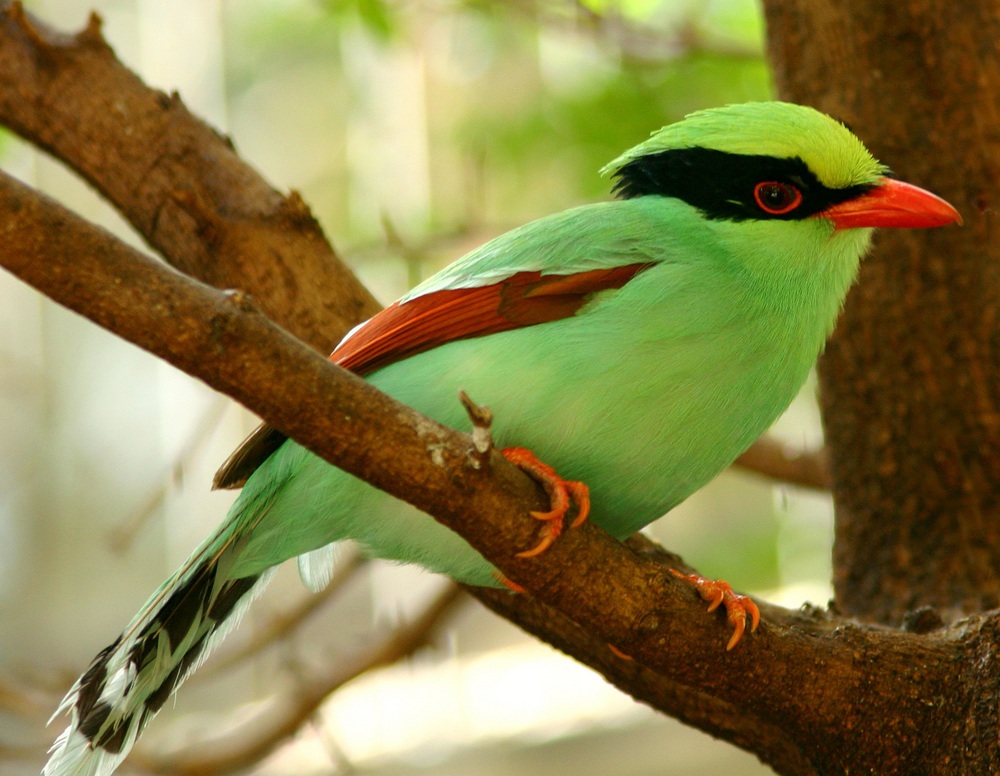
Omnivorous by nature, so a diet comprised of softbill pellets, with diced fruit, berries and invertebrates will suit them well. Many corvids will also eat pinkies (dead, day-old mice), which are more usually sold as snake food, as well as shelled nuts of various types.
The hunting cissa (Cissa sinensis), as shownabove, which originates from Asia, may undergo a colour change in aviary surroundings, with its feathers becoming blue rather than green. This, however, is a reflection of light exposure and is not related to its diet in any way. It normally frequents densely-wooded areas, where its plumage is not subjected to bright sunlight.
Breeding preferences
Pairs construct a platform-type nest with twigs, usually in a well-concealed area of the aviary. Although often bold by nature, pairs frequently become much shyer when they are breeding. A wire mesh support, with any sharp points cut back or a wooden platform should be provided as a base for the nest. More livefood is required during the rearing period.
Sociability
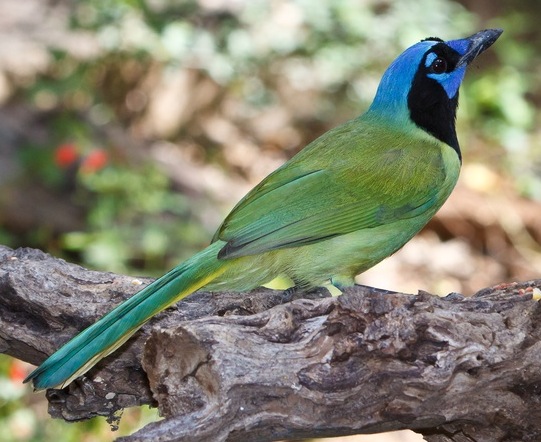
Potentially aggressive and quarrelsome by nature, pairs should be kept on their own, especially as they are likely to steal both eggs and chicks of other birds.A green jay (Cyanocorax yncas) has a wide and slightly unusual discontinuous distribution, occurring in eastern Central America and down through the western parts of South America.
Health watch
Robust and generally hardy, but hens are sometimes attacked by would-be mates at the start of the breeding season.
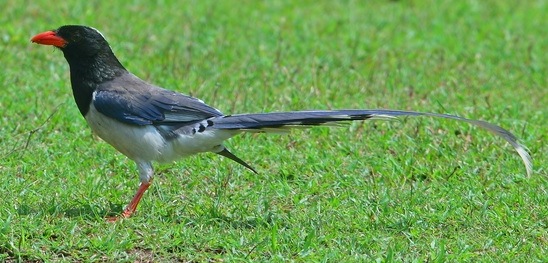
Good to start with: Red-billed blue magpie (Urocissa erythroryncha) which is a particularly striking although relatively large species, measuring approximately 24in (60cm) including its tail.
Clutch size: 3-6 eggs.
Incubation and fledging periods: About 17 days and 21 days respectively.
Enthusiast’s guide
Crows and Jays by Steve Madge and Hilary Burn, published by Christopher Helm.